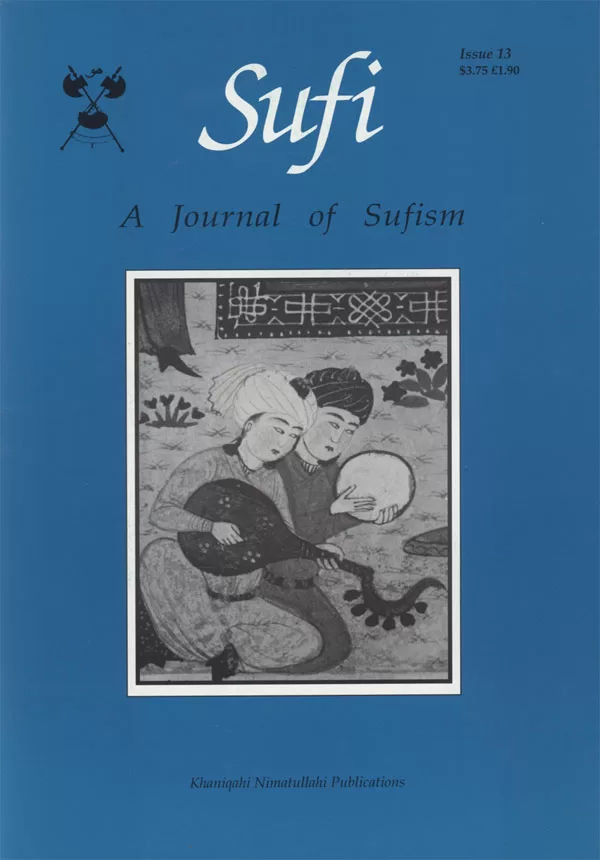Table of Contents
Spring 1992
This issue traces the living spirit of Persian Sufism as it formed in the early Islamic centuries—rooted in love, service, selflessness, and a visionary sense of unity.
In his discourse, Dr. Javad Nurbakhsh describes the essential characteristics of early Sufism, contrasting a path of love and heart-insight with the dangers of abstract speculation.
Articles explore Rumi’s Mathnawi, vernacular and modern poets, the Sufi doctrine of virtue, and the transcendent art of Islamic calligraphy, while stories and poems offer contemporary echoes of wisdom and devotion.
The Conference Report chronicles the Second International Conference on Sufism at George Washington University, where scholars surveyed the origins, development, and literary expressions of Persian Sufism from its early centuries through Rumi.
Discourse
- The Characteristics of Sufism in the Early Islamic Period — Dr. Javad Nurbakhsh
Articles
- The Concept of ‘Elm in Rumi’s Mathnawi — M. Este‘lami
- Two Vernacular Sufi Poets: Baba Taher and Yunus Emre — Terry Graham
- Neo-Sufism in the Writings of the Egyptian Poet: Salah ‘Abd As-Sabur — Reuven Snir
- The Sufi Doctrine of Virtue — Zailan Moris
- Islamic Calligraphy: Medium of Transcendence — Deirdre Conway
Stories
- Wisdom of Idiots — Sohail Inayatullah
- Doorkeeper of the Tavern of Ruin — Jeffrey Rothschild
News
- Conference Report: Persian Sufism From Its Origin to Rumi
Poetry
- First Beloved — Annemarie Schimmel
- Names — Robert Bly
- One Who Knows God — Dr. Javad Nurbakhsh
- Clouds — Herbert Mason
- The Visitation — Russell Thornton & Leili Shojania
- Fertility — Parviz Rasti
- Preference — Paul Trujillo

